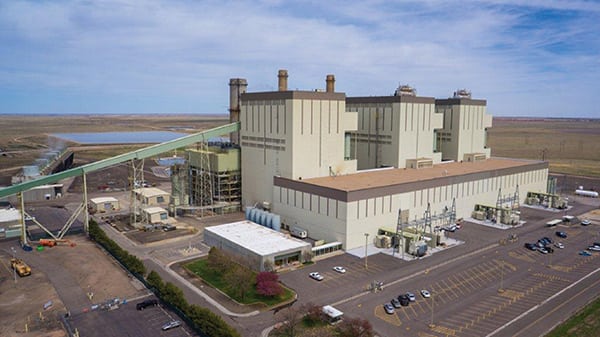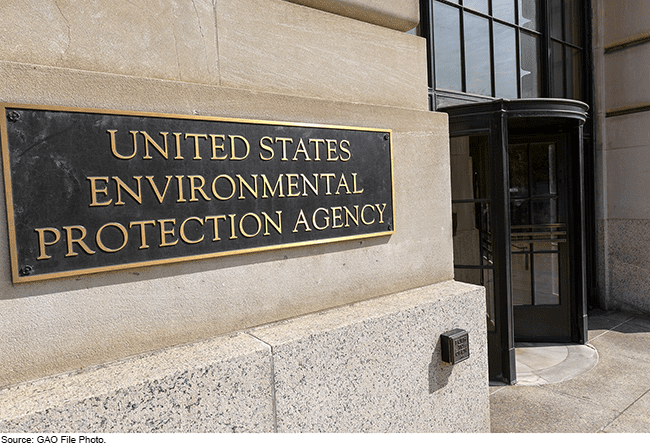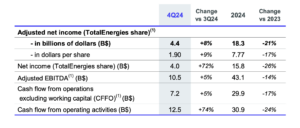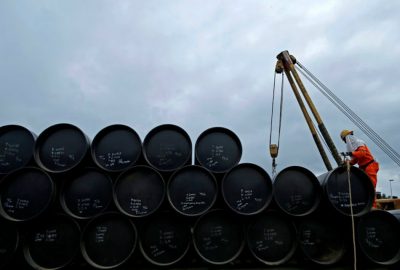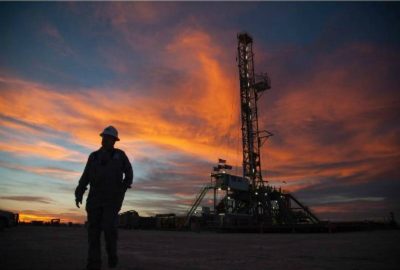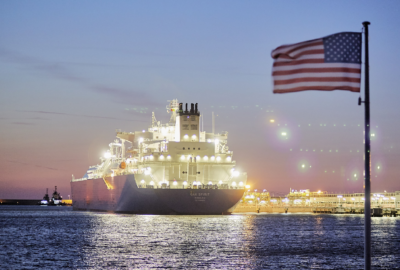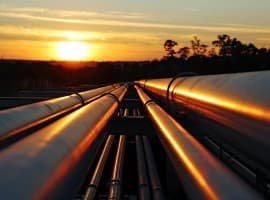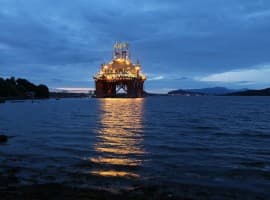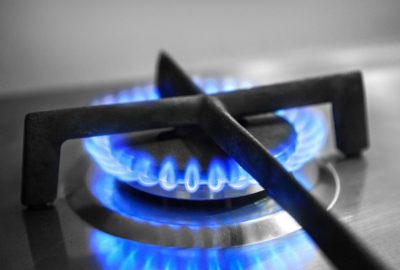Experienced boiler operators know that oxygen can cause localized, severe corrosion in steam boiler systems through a process called oxygen pitting. This occurs when dissolved oxygen in the water comes into contact with the metal surfaces of the boiler, typically the interior walls and tubes. The corrosion process happens through the following mechanism:
■ Oxygen Dissolution. Even small amounts of dissolved oxygen in the boiler water can create serious corrosion issues. When oxygen is present, it reacts with the metal (typically iron or steel) of the boiler’s internal surfaces.
■ Electrochemical Corrosion. The oxygen creates an electrochemical reaction that causes localized corrosion. Small pits form on the metal surface, which can quickly grow deeper and more severe over time.
■ Progressive Damage. These pits create weak spots in the boiler material, which can reduce the structural integrity of the boiler, potentially lead to leaks, decrease the overall efficiency and lifespan of the boiler, and increase the risk of catastrophic failure.
The severity of oxygen pitting depends on several factors including oxygen concentration, water temperature, pH levels, metal composition, and boiler metal surface conditions. The consequences of uncontrolled oxygen pitting can be severe (Figure 1), potentially leading to expensive repairs, unexpected downtime, and in extreme cases, boiler failure. This is why careful water treatment and oxygen control are critical in steam boiler maintenance.
 |
|
1. This closeup image shows a failed tube due to oxygen pitting. Pitting severity can be affected by several factors including high oxygen concentration in boiler water. Courtesy: Scott Bryan/Cortec |
Hydrazine: Effective but Hazardous
Hydrazine (N2H4) has long been used in steam boilers as an oxygen scavenger and corrosion inhibitor. Hydrazine reacts with dissolved oxygen in boiler water, preventing oxygen-related corrosion of metal surfaces in the boiler system. The chemical reaction converts dissolved oxygen to water and nitrogen. By removing oxygen, hydrazine helps prevent pitting corrosion, formation of rust and scale, and degradation of boiler metal surfaces and piping. Hydrazine also helps create a protective layer on metal surfaces, through a process called passivation, further reducing the potential for corrosion.
Typically, hydrazine is added to boiler water in very small, carefully controlled concentrations to maintain water chemistry and protect the boiler system’s integrity. While hydrazine can be part of an effective boiler water treatment program, it is toxic, corrosive, colorless, flammable, and potentially carcinogenic, so its use requires careful handling and strict safety protocols. In today’s modern industrial settings, safer alternatives are available.
Total Replacement for Hydrazine Programs
For example, Cortec Corporation has developed S-15, a lower-toxicity alternative that can completely replace hydrazine programs. S-15 combines volatile neutralizing amines with an oxygen scavenger/metal passivator. This formula works in three main ways. First, it neutralizes acidic species and increases pH, creating an alkaline environment that reduces the risk of acidic corrosion. Second, this alkaline environment allows the oxygen scavenger/passivator to act more quickly to reduce oxygen in the water. Third, S-15 passivates areas that have already started to rust by converting hematite (soft red rust) to magnetite (hard black rust). S-15 also works in the vapor-phase as the boiler water evaporates into steam, carrying S-15 to protect surfaces above the water level, as well as those in direct contact with it.
S-15 is easy to feed into the deaerator, feedwater tank, or steam drum (Figure 2). It can also serve as a building block for custom water treatment formulations. S-15 is thermally stable and highly efficient at inhibiting corrosion from oxygen and carbon dioxide. It can be recycled with condensate water and is typically effective at a very economical continuous dose of 2 parts per million (ppm) to 5 ppm. S-15 does not leave solid residue in boiler systems or compromise steam quality.
 |
|
2. The steam drum separators shown here exhibit severe pitting damage. Courtesy: Scott Bryan/Cortec |
Regardless of local hydrazine policies, the availability of a safer option demands attention. By choosing S-15 as a building block for your next water treatment formulation or as a main part of your boiler maintenance strategy, you can stay one step ahead of both oxygen pitting and hydrazine concerns.
—Cortec Corporation contributed this article.


